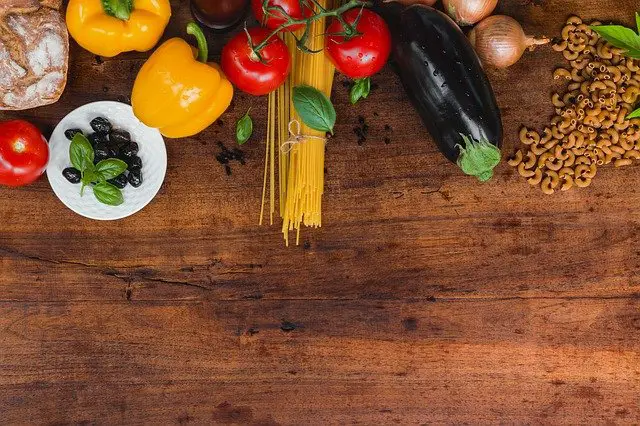Copycat recipes have been around for a long time, and there are many online sources with thousands of recipes copied and adapted from restaurants, cookbooks, and food magazines.
Some people may think that copying a recipe is wrong, so they opt to keep off the practice. But we dare say they miss out on the advantages of copycat recipes, such as the opportunity to customize them into healthier meals by changing some ingredients.
Here are some reasons you shouldn’t be afraid of copying or using copycat recipes at home.
Ingredients are not Copyrighted or Patented
Copyrighting recipes only prevents people from copying the exact information written down in them. As such, anyone can replicate a recipe and still be within the legal fold, especially if they only use the recipe to prepare a meal rather than copy it out and pass it as their own.
As a non-commercial food enthusiast, you can use copycat recipes to produce your own restaurant-grade dishes because your process and results are largely private. However, if you share the copied recipe, it is advisable to give credit where it is due by acknowledging the source.
The U.S. Copyright Office tells us more about copyrighting recipes:
“A mere listing of ingredients is not protected under copyright law. However, where a recipe or formula is accompanied by substantial literary expression in the form of an explanation or directions, or when there is a collection of recipes as in a cookbook, there may be a basis for copyright protection.”
You Can Change Ingredients to Make a Recipe Your Own

Although you are less likely to use a copied recipe for commercial gain other than having that feeling of restaurant-quality food gracing your table, you can change the ingredients in a recipe to make it your own. However, one change only won’t do the magic, and you might have to change several ingredients.
With this option, it’s also advisable to give credit to the source if you use their recipe. You can detail what you changed and why you did so. One of the most common reasons is the desire to substitute an ingredient with a more friendly one if you are allergic or have to ensure you are making a healthy meal for yourself.
The Charlotte Observer explains how to go about changing a recipe’s ingredients:
“Many of us follow an informal standard that you need to make at least three changes before you can claim credit for a recipe. Those changes need to be more substantial than changing 1/2 teaspoon salt to 1/4 teaspoon, although the changes don’t have to just be in the ingredients. You also could make changes in the technique. In my case, even if I change three things, I usually give a nod to the originator, using the headnote to explain where the original came from and a little about what I changed and why. When you see a recipe that says “adapted from X book,” that’s what it means.”
Have you ever been in a dilemma and felt that perhaps using another person’s recipe is unethical or illegal? Well, you need not worry. You can relax now and check out our list of restaurants whose various recipes you can adapt for use in your home kitchen.

